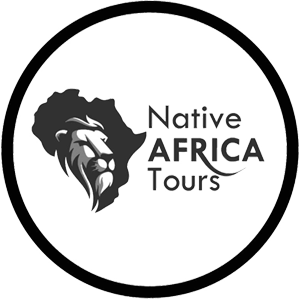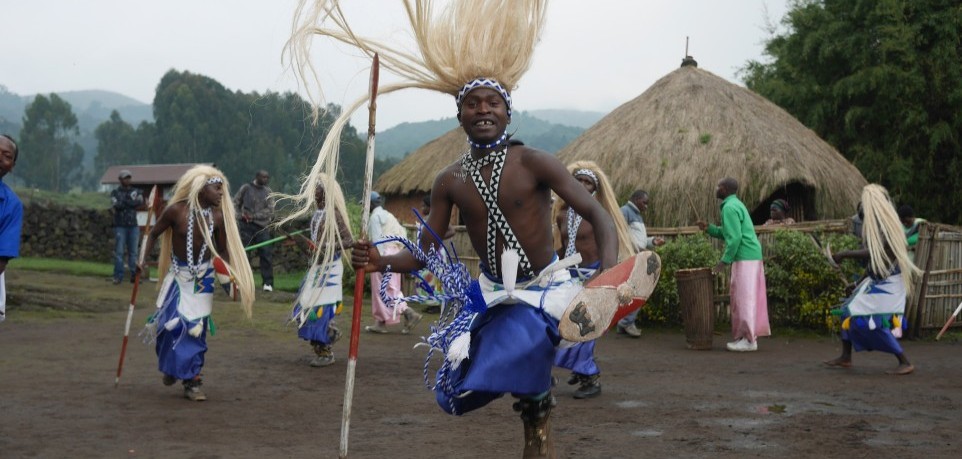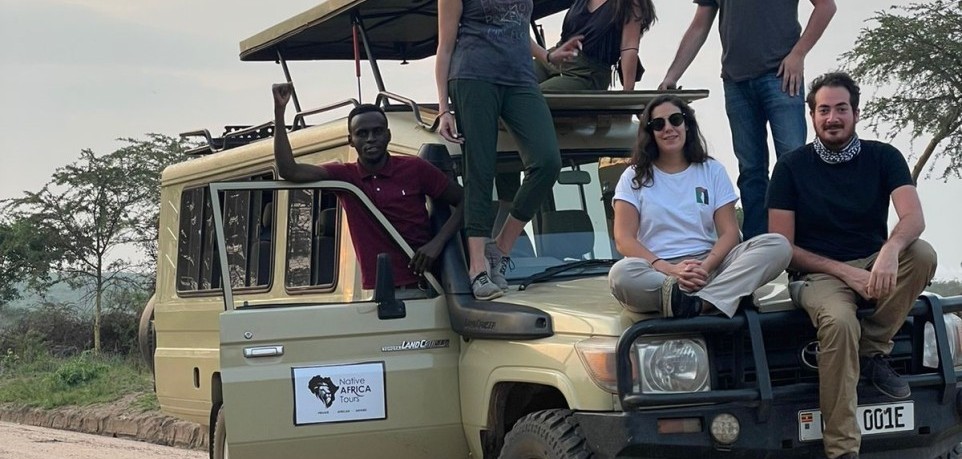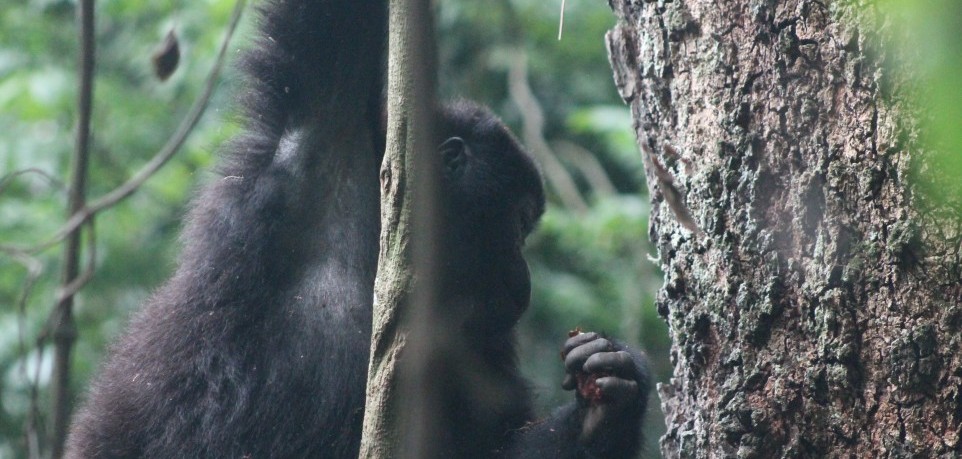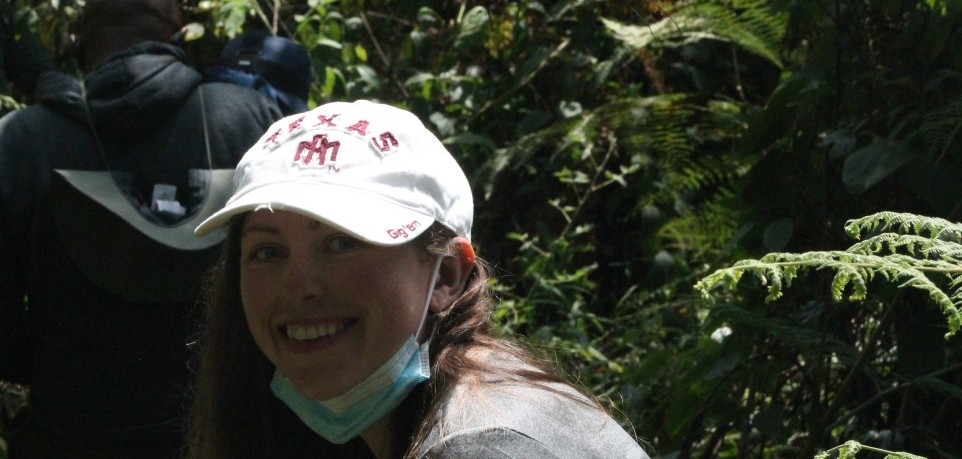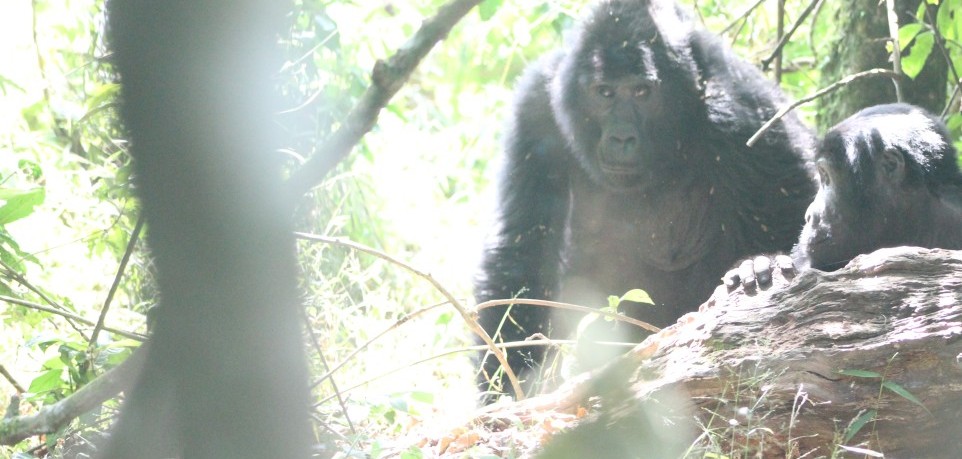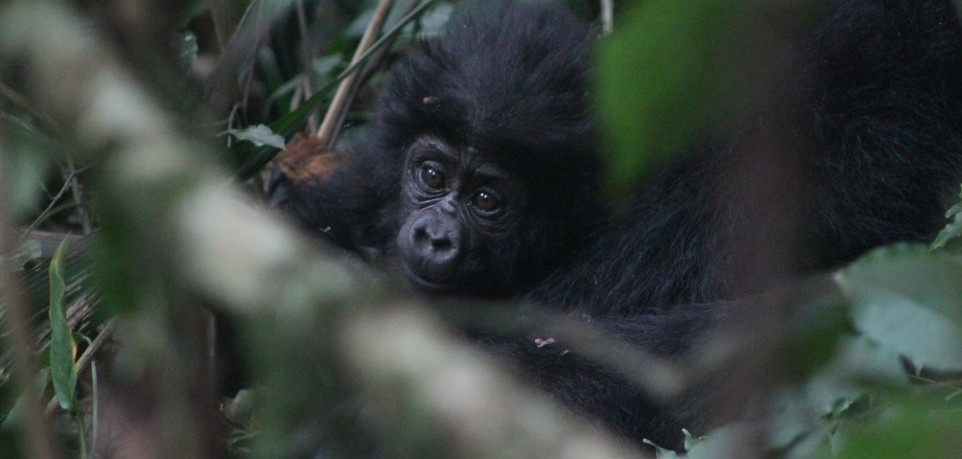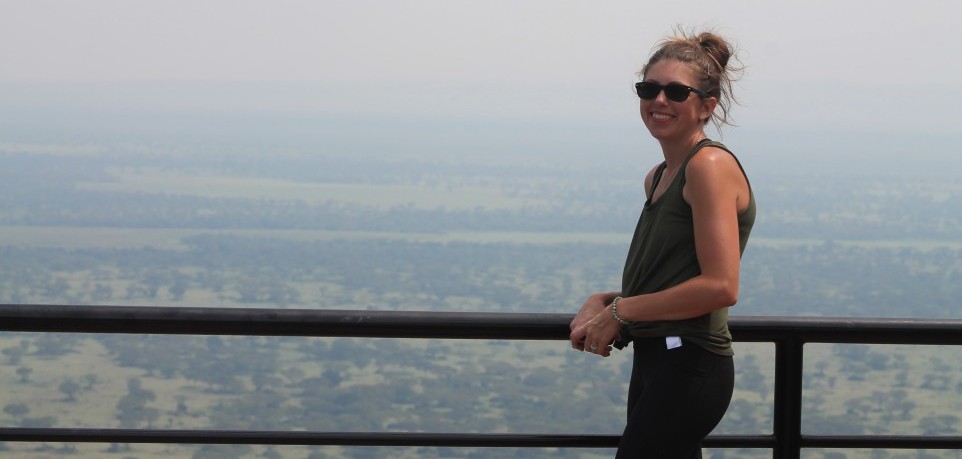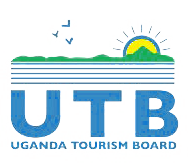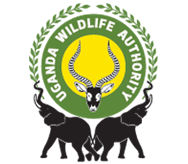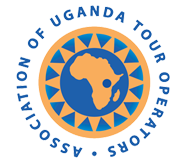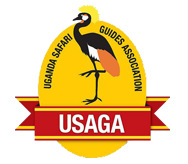Rwanda Gorilla Tours
Visiting Rwanda is a journey worth a million smiles, with endless possibilities of encountering the beautiful creatures of East-Central Africa through Rwanda Gorilla Tours. We bring you information on the extraordinary giant apes in their natural habitat, the cost of Rwanda gorilla tours, the best time to embark on this life-changing adventure, and accommodation facilities to stay
About gorilla tours in Rwanda
Gorillas in Rwanda are sub-species of Eastern gorillas, only found in Rwanda, Uganda, and the Democratic Republic of Congo. A first-time gorilla trekker might not distinguish the different gorilla sub-species but mountain gorillas are distinguishable by their longer, darker, and thicker fur that ensures their survival in the cold and mountainous areas where they live.
A baby mountain gorilla is born weighing 1.8 to 2 kilograms, after 8.5 months gestation and will be about 100-200 kilograms in adulthood (depending on the sex). At the time of writing, there are 12 habituated gorilla families habituated in Volcanoes National Park, making it 96 gorilla permits for travelers interested in Rwanda Gorilla Tours.
What to expect during Rwanda gorilla trekking safaris?
Planning for Rwanda Gorilla tours begins early, even before arriving in the land of a thousand hills to ensure that magical experiences are achieved. For the trekking day, trekkers converge at the Park Headquarters in Kinigi by 07h00 for an obligatory briefing, done by Park Rangers. Thereafter, be allocated a habituated gorilla group based on your age, fitness levels, and individual interests.
Hikes start at about 08h00 after about 20-30 minutes drive to the trailheads at the park boundary and go up to different gorilla family locations. These treks will take anywhere between half an hour to three hours or more, until elevations of 8202 feet to 13123 feet above sea level. Given the high altitude and rugged terrains of gorilla habitats, hiring porters is recommended to carry your backpack and camera equipment in addition to offering a helping hand during the gorilla trekking adventure.
The English-speaking Ranger guides are knowledgeable of the jungle and mountain gorilla behavior, often leading visitors through the search for habituated gorilla groups, which are accustomed to human presence. A sight of the huge silverback weighing up to 200 kilograms and playful baby gorillas are some of the expectations of trekkers during Rwanda gorilla tours as only one hour is provided for observation and photography.
While your main aim in undertaking Rwanda Gorilla tours is to get the chance to meet the gentle giants of the African jungles, the local communities living around these National Parks also benefit from gorilla tourism. For Rwanda, 10% of the $1500 you pay for gorilla permits is given back to the community for the development of road infrastructures, construction of schools, and putting up Health Centers. Not only that, there is a reimbursement fund for farmers whose crops were destroyed by mountain gorillas as a way of promoting the peaceful co-existence of communities and wildlife.
Habituated gorilla families trekked during Rwanda gorilla tours or Rwanda gorilla safaris
Igisha gorilla group
Led by silverback Igisha, this group split from the Susa group on the 30th of November 2014 after an obstinate silverback decided to part with over 23 members. The group has since then grown to over 31 members including five silverbacks, nine adult females, three sub-adult females, three blackbacks, three juveniles, and eight infants.
Karisimbi gorilla group
Also referred to as Susa B (because it broke off from Susa) and is made up of about 15 members, occupying the slopes of Mount Karisimbi-highest of the eight Virunga Volcanoes. This makes the group one of the difficult-to-trek families in Volcanoes National Park.
Agashya/Group 13 gorilla family
Agashya is also referred to as “Group 13 because it had only 13 members at the time it was discovered. There are presently over 25 members including one silverback, twelve adult females, two sub-adult females, three juveniles, and seven infants. It was led by Nyakarima at the time of habituation but he was challenged by Agashya then the group name was also changed.
Sabyinyo gorilla group
This is one of the easy-to-trek gorilla families in Volcanoes National Park and occupies the lower slopes of Mount Sabyinyo. It is led by Guhonda, the oldest silverback alive, and is made up of 8 members that include several adult females, only one silverback (after keeping away his challenger, Ryango), juveniles, and one baby gorilla.
Uganda gorilla group
This family was named “Ugenda”, meaning “on the move” for its behavior of constantly roaming around Bisoke and Karisimbi mountain areas. It presently has about 11 members with two silverbacks.
Bwenge gorilla family
This 11-member group is led by Bwenge and was formed in 2007 after he left with some females from his natal group. It is mainly trekked from the slopes of Karisimbi and Bisoke mountains.
Amahoro gorilla group
Amahoro means “peace” in the Kinyarwanda dialect, owing to the peaceful nature of group members, and is made up of 17 individuals that include one silverback, five adult females, four blackbacks, two juveniles, and infants. The group had more members until Umubano, one of the silverbacks took members to form the Umubano group.
Kwitonda gorilla group
This 18-member group is led by silverback Kwitonda and is said to have migrated from Virunga National Park of the Democratic Republic of Congo and has since then found permanent shelter in Rwanda’s Volcanoes National Park.
Hirwagorilla family
This group was first sighted around Mount Sabyinyo and was habituated in 2006. It has 9 members with one silverback, three adult females, two sub-adult females, and three infants.
Susa Agorilla family
It is known as one of the most famous groups in Volcanoes National Park, owing to Dian Fossey’s studies from 1967 to 1985. Before splitting, it was the largest group with over 42 members in 2008. It was named after Susa River because that’s the location where it was first spotted. The group further lost its members in 2014 when Igisha left with over 23 gorillas.
Umubano gorilla family
Umubano means “benevolence” because the group lives in closeness with the Amahoro group. This break-away group from Amahoro is led by Umubano and is made up of 11 members.
The cost of Rwanda gorilla permits
Permits for Rwanda Gorilla Tours cost $1500 per person. Visitors are also provided the choice of buying gorilla permits indirectly from credible Tour Operators in Rwanda or Uganda.
Packing list for travelers planning to undertake Rwanda Gorilla Tours
Some of the must-pack things for your Rwanda Gorilla Tours include a daypack for storing items needed during gorilla trekking, a camera with a waterproof case to avoid getting damaged by rain, comfortable and loose-fitting clothing (long safari pants and long-sleeved shirts), fleece or warm sweater, lightweight and waterproof rain jacket, long cotton socks, pajamas, and underwear, insect repellant, well-fitting and comfortable hiking boots for walking/hiking, flashlight with extra batteries, sandals, pair of binoculars, toiletries (toothpaste, sunscreen, toothbrush, anti-bacterial soap, hand sanitizer, wet wipes, and face towels), sunglasses, travel alarm clock, reusable water bottle, first aid kit (with band-aids, altitude sickness medication, pain killers, bandages, antibiotics, and many others).
Accommodation options for Rwanda Gorilla Tours
There are abundant accommodation options, ranging from budget to luxury for Rwanda Gorilla Tours. These places depend on your budget and will determine your overall safari experience. They are Sabyinyo Silverback Lodge, Virunga Lodge, Amakoro Songa Lodge, One & Only Gorilla’s Nest, Bisate Lodge, Singita Kwitonda Lodge, Mountain Gorilla View Lodge, Bishop’s House, Five Volcanoes Boutique Hotel, Le Palme Hotel, Le Bambou Gorilla Lodge, Da Vinci Gorilla Lodge, Villa Gorilla, Muhabura Hotel, Best View Hotel, Kinigi Guesthouse and many others.
When is the best time to go for Rwanda Gorilla Tours?
The best time for Rwanda Gorilla Tours is late May to mid-October because it is the long dry season, where conditions are more favorable to search for mountain gorillas in their natural habitat. This time is preferred because there is little or no rain and Park roads, as well as forest hiking trails, are drier, making it less challenging to move through the forest.
Travelers who long to enjoy Rwanda gorilla tours in a less crowded environment can book to undertake the adventure during the low season (wet months in March, April, late October, and November) although you should expect hiking through muddy and slippery forest trails.
Getting to Volcanoes National Park from Kigali City
It takes only 2-3 hours to get to Volcanoes National Park by road, for a distance of about 116 kilometers. This means that it is the most accessible mountain gorilla trekking destination, given the fact that Bwindi and Mgahinga National Parks are about 8-9 hours on the road from Kampala City.
Other safari adventures to undertake alongside Rwanda Gorilla Tours
Besides Volcanoes National Park which makes Rwanda Gorilla Tours possible, travelers can also visit the other three National Parks in Rwanda – including Nyungwe Forest National Park for chimpanzee trekking, canopy walks, guided forest hikes, and bird watching. These activities introduce visitors to the 75 mammal species including 13 species of primates, 322 bird species, butterfly, and reptile species, to mention but a few.
Tourists on Rwanda gorilla tours can also visit Akagera National Park for wildlife viewing, birding excursions, boat cruises, helicopter tours, and wilderness camping while the isolated and less-explored Gishwati-Mukura National Park offers alternative opportunities for chimpanzee trekking, birding tours and nature walks in seclusion.
